Use mathematical induction to prove the following.
 . . .
. . .  =
= 
What will be an ideal response?
Answers may vary. One possibility:
Sn: 
 . . .
. . .  =
= 
S1:  =
= 
Sk: 
 . . .
. . .  =
= 
Sk+1: 
 . . .
. . . 
 =
= 
1. Basis step: Since  =
=  = 1 -
= 1 -  , S1 is true.
, S1 is true.
2. Induction step: Let k be any natural number. Assume Sk. Deduce Sk+1.
 . . .
. . .  =
= 

 . . .
. . . 
 =
= 

= 

= 

= 

=  .
.
You might also like to view...
Graph the function.y = csc 
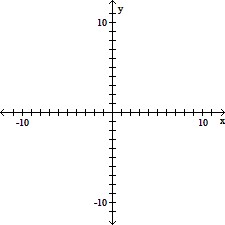
A. 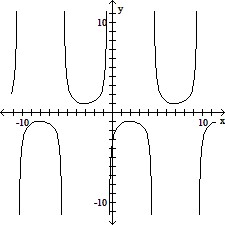
B. 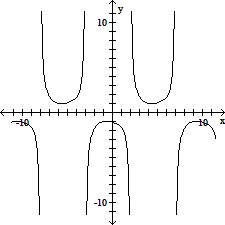
C. 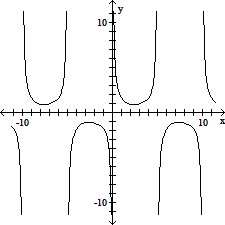
D. 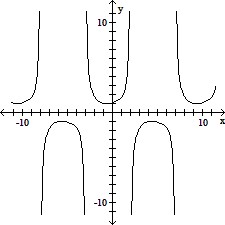
Determine whether the relation represents a function. If it is a function, state the domain and range.{(4.22, 11.42), (4.222, -11.4), ( , 0), (0.71, -4)}
, 0), (0.71, -4)}
A. function
domain: {4.22, 4.222,  , 0.71}
, 0.71}
range: {11.42, -11.4, 0, -4}
B. function
domain: {11.42, -11.4, 0, -4}
range: {4.22, 4.222,  , 0.71}
, 0.71}
C. not a function
Solve.A projectile moves so that its position at any time t is given by the equations x = 24t and  for t in [0, 12]. Graph the path of the projectile and find the equivalent rectangular equation. Use the window [0, 700] by [0, 800].
for t in [0, 12]. Graph the path of the projectile and find the equivalent rectangular equation. Use the window [0, 700] by [0, 800]. 
A. 
y = 3x -  x2
x2
B. 
y = 3x -  x2
x2
C. 
y = 8x -  x2
x2
D. 
y = 8x -  x2
x2
Identify the exercise as either a permutation (order matters) or combination (order does not matter) counting problem. Do not actually solve the exercise.Five of a sample of 100 computers will be selected and tested. How many ways are there to make this selection?
A. Permutation B. Combination